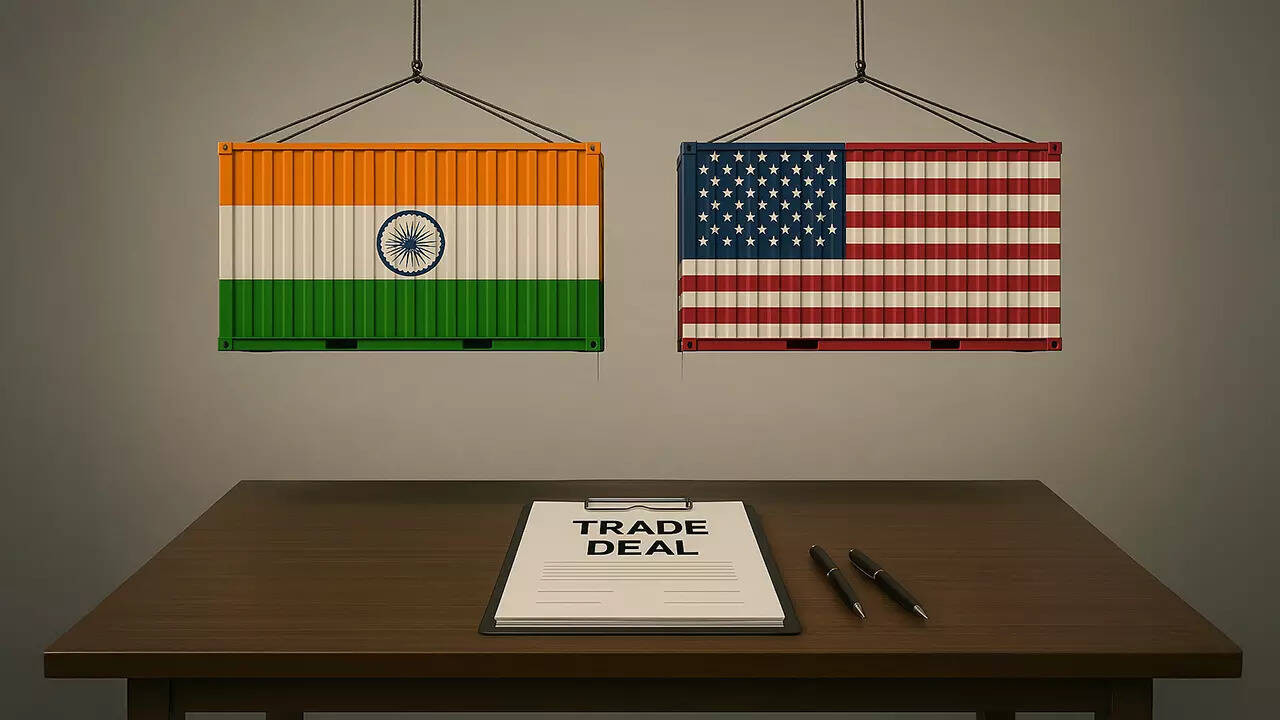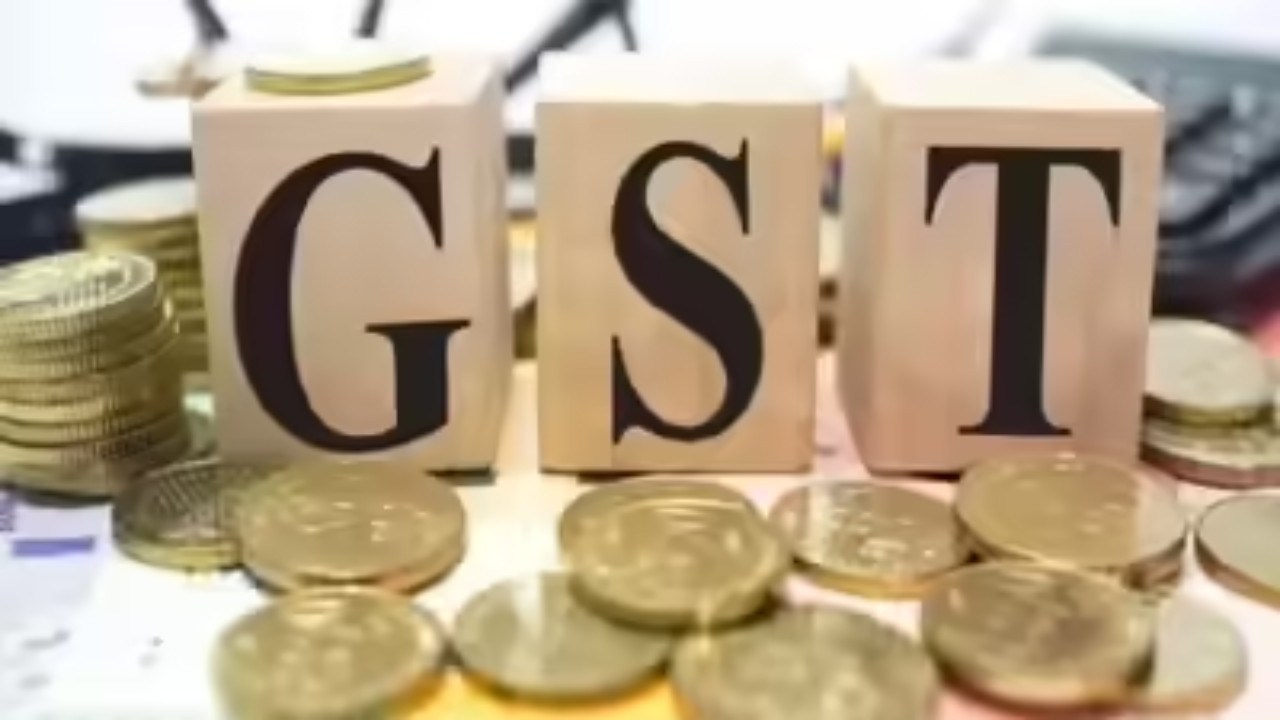Sergio Gor, nominated as the US ambassador to India, anticipates resolving trade and Russian oil penalty disputes with India within weeks. He emphasized India’s strategic importance and pledged to strengthen the US-India partnership by advancing defence cooperation, fair trade, energy security, and technology. Gor’s appointment highlights the significance of the US-India relationship.
Smoothing Trade Winds: Is a US-India Tariff Deal on the Horizon?
The relationship between the United States and India is often described as a strategic partnership, and for good reason. The two nations share democratic values, growing economic ties, and a common interest in regional stability. However, like any complex relationship, there are occasional headwinds. For years, one of the sticking points has been tariffs, with both sides levying duties that have occasionally sparked friction. But could a resolution be closer than we think?
Recently, the nominee for US Ambassador to India offered an optimistic perspective on the prospect of a tariff deal between the two countries. During his confirmation hearing, he expressed confidence that the outstanding issues could be ironed out in a matter of weeks. This suggests a renewed impetus to resolve these trade disagreements and further strengthen the already robust partnership. The key takeaway? Both nations seem to be actively working toward a mutually beneficial agreement.
Navigating the Complexities of Trade
Tariffs, essentially taxes on imported goods, can be a double-edged sword. While they can protect domestic industries, they can also increase costs for consumers and hinder international trade. The US and India have, over time, engaged in a back-and-forth of imposing and adjusting tariffs on various products, leading to a somewhat intricate web of trade regulations.
One area of particular concern has been India’s tariffs on certain US goods, which the US has argued are unfairly restrictive. On the other hand, India has voiced concerns about US tariffs on steel and aluminum, impacting Indian exports. Finding a middle ground that addresses the concerns of both sides is crucial for fostering a more predictable and equitable trading environment.
The path toward a tariff deal isn’t always a straight line. There are often competing interests, domestic political considerations, and the need to ensure that any agreement benefits both economies. However, the commitment to dialogue and negotiation is a positive sign. It demonstrates a willingness to address the issues head-on and find solutions that work for both sides.
India as a Strategic Partner: The Bigger Picture
The significance of a potential trade agreement extends far beyond just the numbers. It symbolizes the broader strategic importance of the US-India relationship. As the nominee aptly pointed out, India is a key strategic partner for the United States, particularly in the Indo-Pacific region.

A strong economic relationship is vital for underpinning this strategic partnership. By resolving trade disputes and fostering closer economic cooperation, the two countries can strengthen their ties and work together more effectively on a range of global challenges, from climate change to regional security.
Furthermore, improved trade relations can unlock significant economic opportunities for both nations. Increased trade can lead to job creation, innovation, and economic growth. It can also provide consumers with access to a wider range of goods and services at competitive prices.
Beyond Tariffs: A Roadmap for Collaboration
While a tariff deal would be a significant step forward, it’s just one piece of the puzzle. The US and India have a vast potential for collaboration in other areas as well. Investment, technology transfer, and cooperation on clean energy are all areas where the two countries can deepen their ties and create mutual benefits.
Consider the ongoing collaboration in the space sector or the increasing partnerships in the pharmaceutical industry. These examples highlight the diverse opportunities for the US and India to work together and leverage their respective strengths. For instance, exploring joint ventures in renewable energy projects could not only help address climate change but also create new jobs and stimulate economic growth in both countries. For more insights on international trade dynamics, you might find our article on [global supply chain resilience](internal-link-placeholder) particularly relevant.
Looking Ahead: A Promising Horizon
The optimism surrounding a potential US-India tariff deal is a welcome development. While challenges undoubtedly remain, the willingness of both sides to engage in constructive dialogue suggests that a resolution is within reach. This would not only remove a significant irritant in the relationship but also pave the way for even closer economic cooperation and a stronger strategic partnership. As discussions progress in the coming weeks, the world will be watching to see if these positive signals translate into a tangible agreement that benefits both nations.







